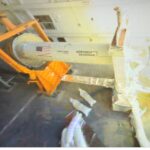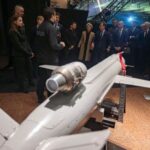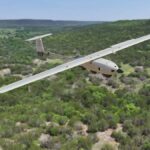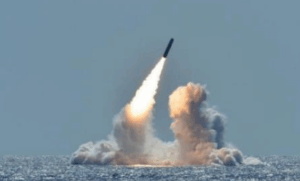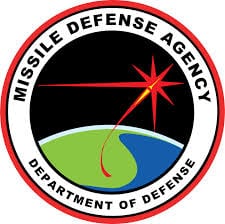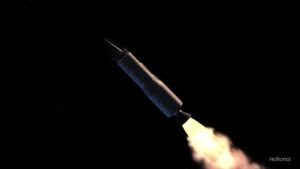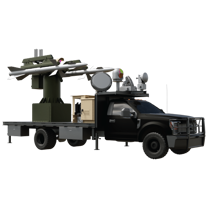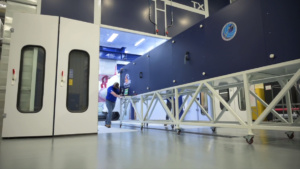
While the U.S. Air Force has said that the March 17 third all-up-round test of the Lockheed Martin [LMT] AGM-183A Air-launched Rapid Response Weapon (ARRW) is the last in the rapid prototyping series for the Trump-dubbed "Super Duper Missile," the service has indicated that it will use test data for future hypersonic work. "While future ARRW decisions are pending final analysis of all flight test data, the service is pleased to report that the ARRW rapid prototyping program has [been]…


